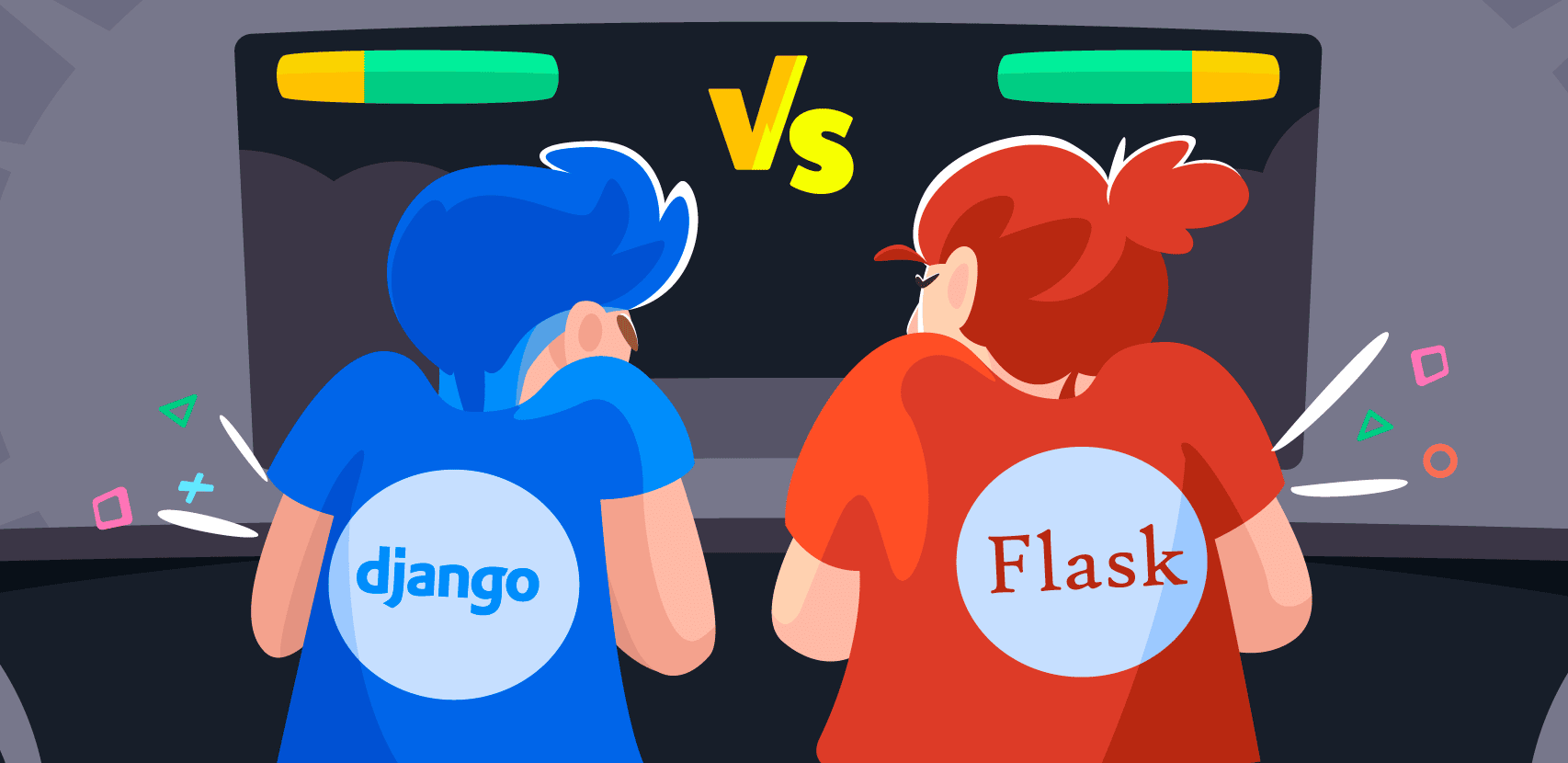
A New Dawn of Proactive Problem Solving: Dynamic Software Observability and Dynamic Logging

Let’s talk about the world’s currently trending topic for a second: AI. Now, before you click out of this blog, sighing to yourself that this is yet another blog that wants to tell you how to write code with ChatGPT; bear with us. As almost everyone has used some form of AI – especially ChatGpt – to help them with some form of a task, we can all agree that it’s quite an interactive experience. You ask it to do something for you, it does it, and then you respond with what else you’d like from it – an edit, a tweak, a completely new answer, whatever it is. Essentially, you are using a dynamic tool that interacts and evolves. Wouldn’t it be great if your Observability tools knew how to do that?
In the fast-paced realm of software development, the ability to swiftly identify and resolve issues is vital. Dynamic Observability is a transformative force in this arena, emphasizing a proactive approach that empowers developers with real-time insights.
Traditional observability is akin to a rearview mirror, offering a view of the past that is fixed and unchangeable. It provides insights into the system’s state at a specific moment but lacks the ability to adapt to changing circumstances. This static nature is restrictive in the dynamic world of software development, limiting a developer’s ability to troubleshoot and resolve issues quickly. In contrast, agile Observability, characterized by tools like dynamic logging and live snapshots, is more of a “remote controlled” live video feed, furnishing up-to-the-minute insights into your application’s state and performance.
Embracing real-time observability tools is a step towards a future where software teams are not just reactive problem-solvers but proactive custodians of their software systems. Building upon our previous discussion on the fourth pillar of observability and Snapshots, this blog delves deeper into the impact of real-time observability on software development through a series of use cases.
So grab a coffee, take a sip, let those synapses start firing, and join us as we dive into a few examples of how you can make your software development – and software observability – as reactive and up-to-date as an AI tool itself.
Use Case #1 – Non-Breaking Breakpoints: The Next Step in Debugging Evolution
Let’s begin by exploring the integration of non-breaking breakpoints and snapshots within the realm of software observability. Non-breaking breakpoints are a developer’s secret weapon, allowing them to probe into the behavior of their code in real-time without disrupting its execution.
Non-breaking breakpoints represent the future of debugging, ushering in an era of real-time observability and dynamic insights. The revolutionary aspect of these breakpoints lies in their non-intrusive nature. Developers can inspect the application state at any point in execution without disrupting its flow. This immediate, in-context insight equips them with the information they need to proactively identify and solve potential issues.
But how can these be leveraged within an observability software framework?
Snapshots elevate this concept to a new level. They are like high-definition photographs of your software’s state at any given moment. Still, unlike traditional static logs, they are dynamic and able to adapt to the ever-evolving nature of your codebase. Using an advanced observability platform (such as Rookout, for instance) allows you to create non-breaking breakpoints that instantly generate these dynamic snapshots, helping to swiftly isolate and troubleshoot anomalies.
Furthermore, they both cater to the unique challenges faced by modern developers, who must manage increasingly complex and distributed systems. By providing real-time visibility into these systems, non-breaking breakpoints facilitate proactive problem-solving. Developers can take informed actions based on real-time data, reducing the time and effort required to debug and optimize applications.
Use Case #2 – Live Logging and Dynamic Log Verbosity
Logs have been the backbone of software debugging for years. However, traditional logs often fall short of providing the flexibility needed for real-time observability. Their static nature has been a hurdle when dealing with complex, distributed software systems. Enter dynamic logging. This approach not only aids in proactive problem-solving but also reduces the noise in your logs, keeping them focused and actionable.
Dynamic logging is more than just a tool; it’s a paradigm shift in the way developers interact with their systems. Traditional logging mechanisms are often inadequate to handle the complexities of modern, distributed applications. They tend to generate a high volume of data, which can obscure the most relevant insights. To put it simply, finding logs is challenging, depending on their structure and content. When it comes to structure, it’s difficult to create the same for every log line. Regarding content, even if the log exists and the develoepr can find it, it doesn’t mean that it contains the information the developer needs.
The introduction of live logging, a core component of observability in software, facilitates dynamic log verbosity, allowing you to adjust the level of detail in your logs on-the-fly. Imagine you have an elusive bug that only manifests intermittently. With traditional logging, you might miss it entirely, or you’d need to restart your application with a higher log level, hoping to catch the anomaly. However, the power of live logging allows you to increase the log level at the first sign of trouble, providing you with the crucial insights you need without any interruption to your application. The essence of dynamic logging lies in its ability to adapt and is an invaluable tool for developers in their quest to maintain high-performing, reliable systems.
Use Case #3 – Live Metrics:
Traditional metrics can feel rigid and inadequate in dealing with the volatile nature of modern software systems. While metrics offer another valuable dimension to software observability, providing quantitative data about the program’s operational characteristics, they often fall short when it’s important.
By offering real-time performance insights, live metrics allow developers to be proactive in their problem-solving approach. Developers can identify potential issues based on current performance data and take preemptive action to mitigate these issues before they impact the system’s performance or the end-user experience.
This is the point where you say, “great, sounds good – but how does it work?”. Well, we’re glad you asked. Here’s a quick look deeper into live metrics:
- Effortless metrics collection
It’s very simple. Once you set a non-breaking breakpoint and trigger your code lines, you’ll be able to see its custom metrics per code line, in a real-time graph.
- Real-time application performance monitoring
By using a live graph that tracks your code activity, you’ll be able to understand your relevant metrics in real-time.
- Free customizable metrics data
Data collection is orchestrated instead of being processed, which gives users the benefit of not being charge extra if they collect more data.
- Visualization on the fly
Observability data is kept simple by being tied directly to the code, ensuring that developers are familiar with the data through tight integrations with the deployment processes and Git providers.
- Side-by-side analysis
Live metrics allows you to see the data alongside the code, taking away the tab-switching, guesswork, and Git history diffing from the process of analyzing metrics.
The dynamism and adaptability of live metrics make them an essential part of an effective observability strategy, empowering developers to move beyond pre-set thresholds and static dashboards. With tools (like Rookout, for instance) developers can create custom live metrics tailored to their specific needs. They can define what data to collect, how often to collect it, and how to visualize it, ensuring they always have the most relevant and actionable insights at their fingertips.
Furthermore, live metrics are designed with the unique needs of developers in mind, giving them the power to customize what metrics they track, how they track them, and how they analyze the resulting data. This helps developers identify and address performance bottlenecks promptly, enhancing user experience and overall application efficiency.
Use Case #4 – Live Profiling
In the world of software development, a profiler is a tool that measures the performance characteristics of your software, helping you identify bottlenecks and optimization opportunities. Traditional profilers are beneficial but often require stopping or slowing down your application – a significant inconvenience in a production environment.
Live profiling is a powerful tool in the arsenal of a modern developer. Unlike traditional heavy-duty profiling that comes at a significant performance cost, live profiling allows developers to assess their software’s performance in real-time. It’s the experience of coding in timers (within or across functions and services), but without any coding, and with built in graphs!
By providing real-time detailed insights into system performance, it empowers developers to optimize their applications proactively. They can identify performance bottlenecks and inefficiencies in real-time, enabling them to take immediate corrective action. Take our word for it. It’s a game-changer when it comes to dealing with production issues.
Proactive Problem Solving With Real-Time Observability
As we continue to navigate through the complexities of modern software development, tools that offer real-time insights and adaptability will become increasingly crucial (for instance, the ones mentioned above). Observability software like Rookout empowers development teams to leverage these capabilities, offering a new level of agility and adaptability that keeps up with the ever-evolving digital landscape we live in.
Interested in exploring more about software observability and dynamic logging? Continue delving into our Rookout blog to uncover how our advanced observability tools can revolutionize your software development and debugging processes (and don’t forget to check out the second episode of our microwebinar series with SD Times on the same topic here). Let’s conquer the world of software development, one line of code at a time.





